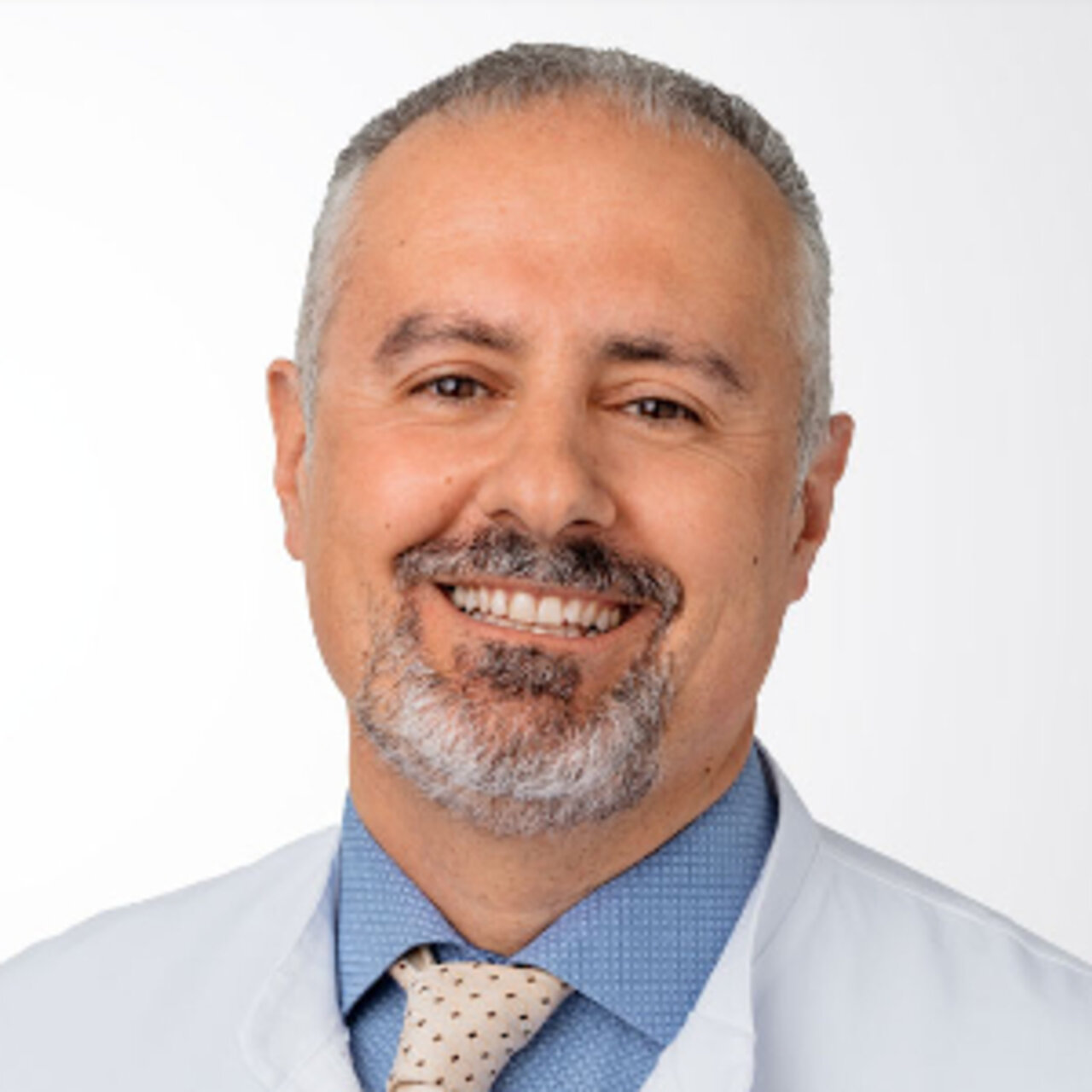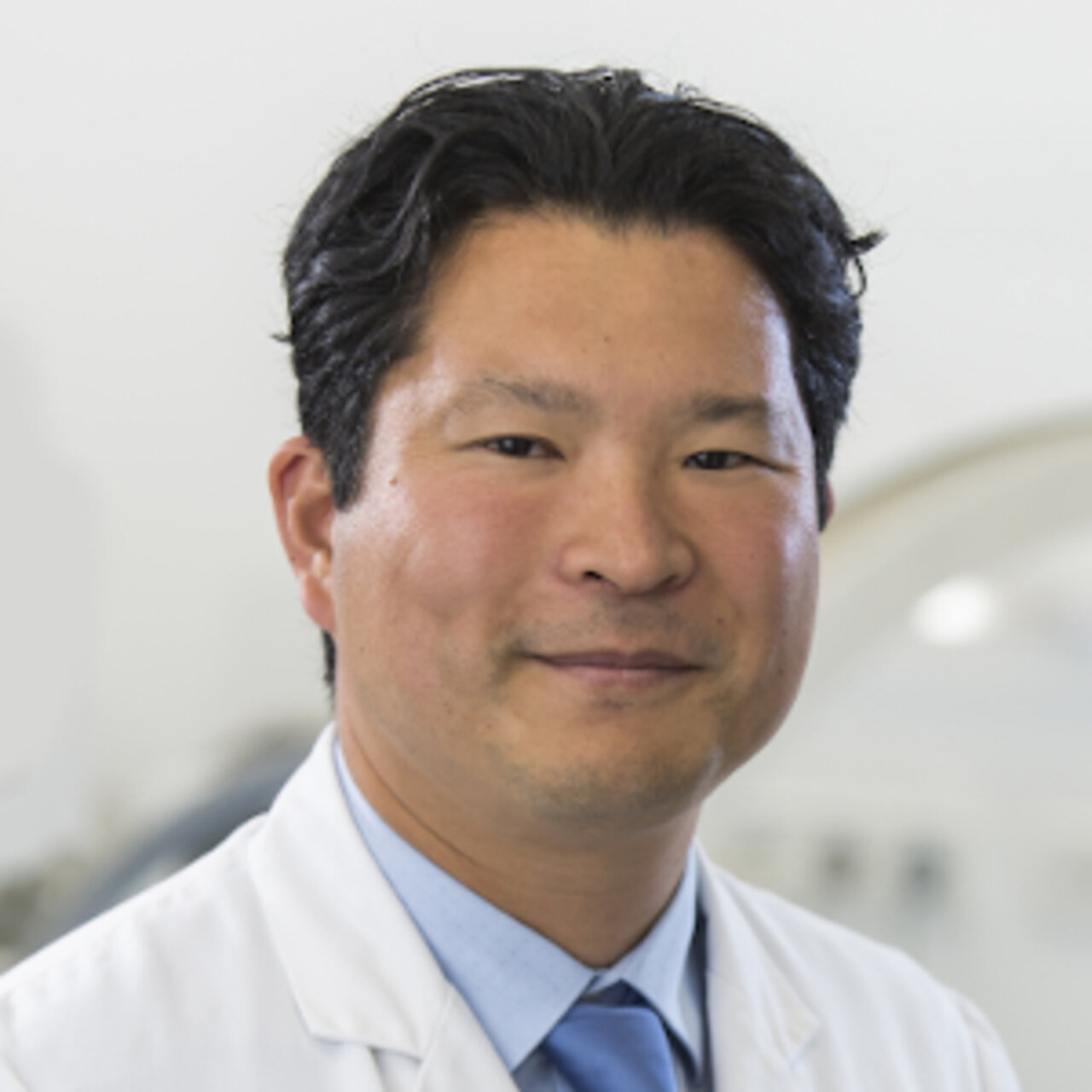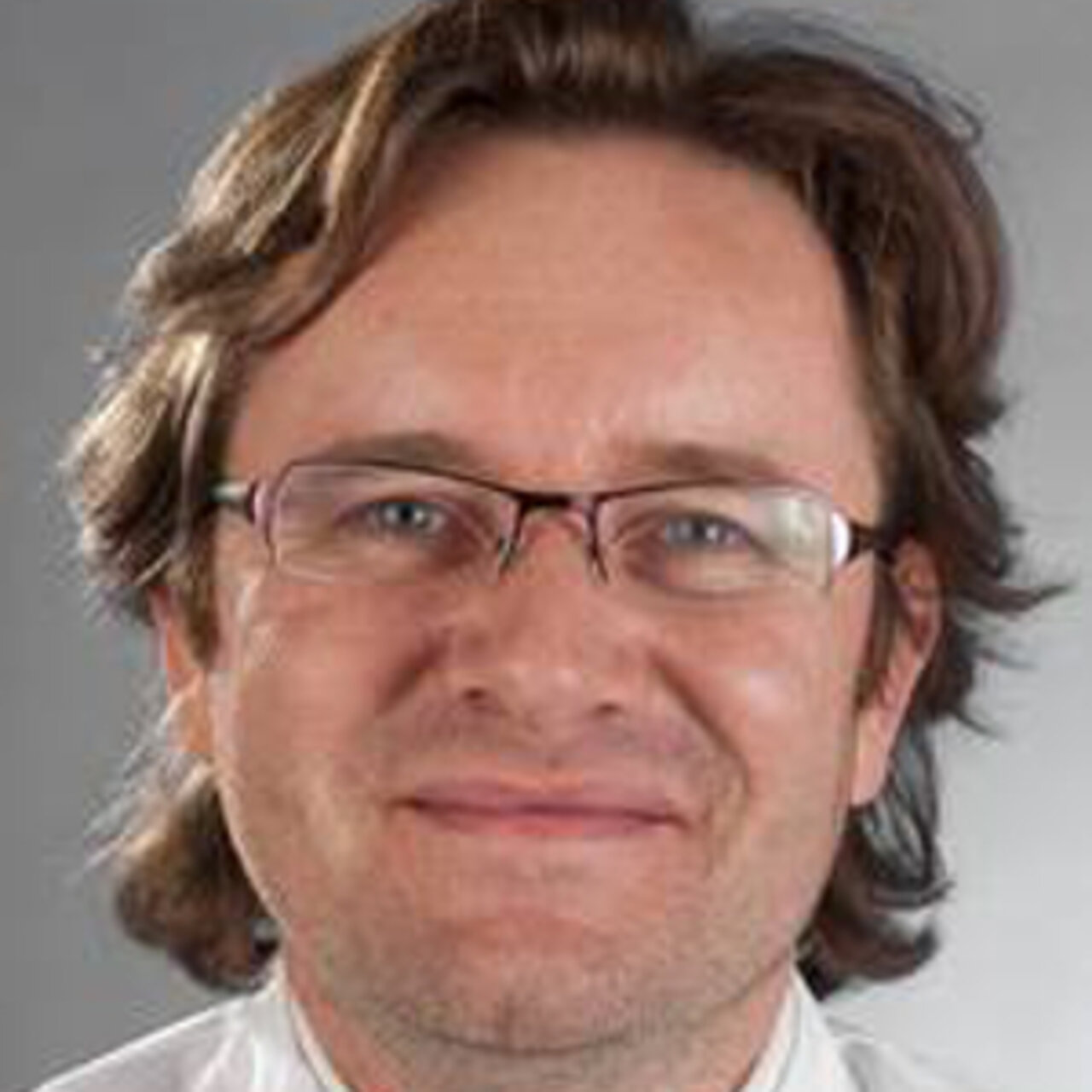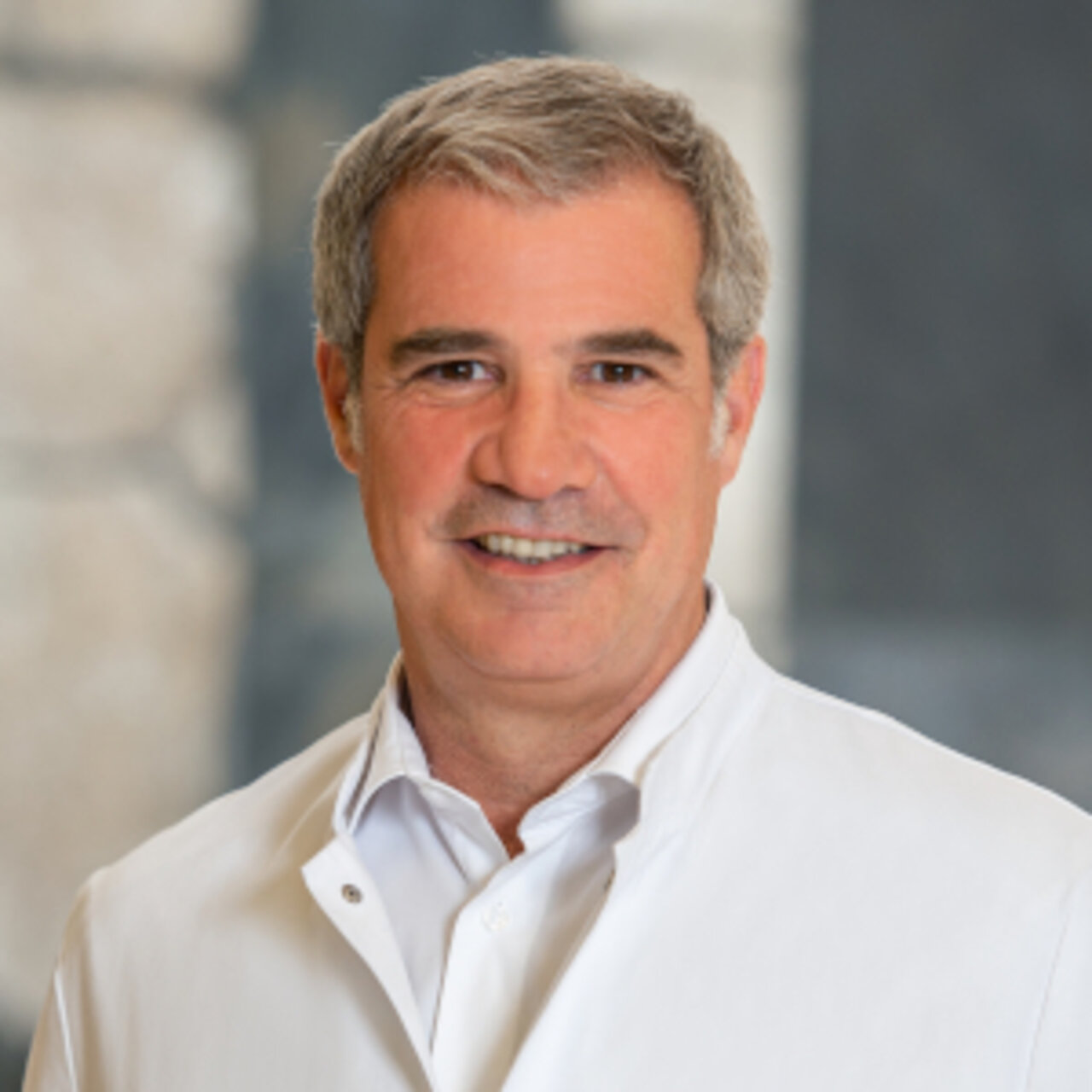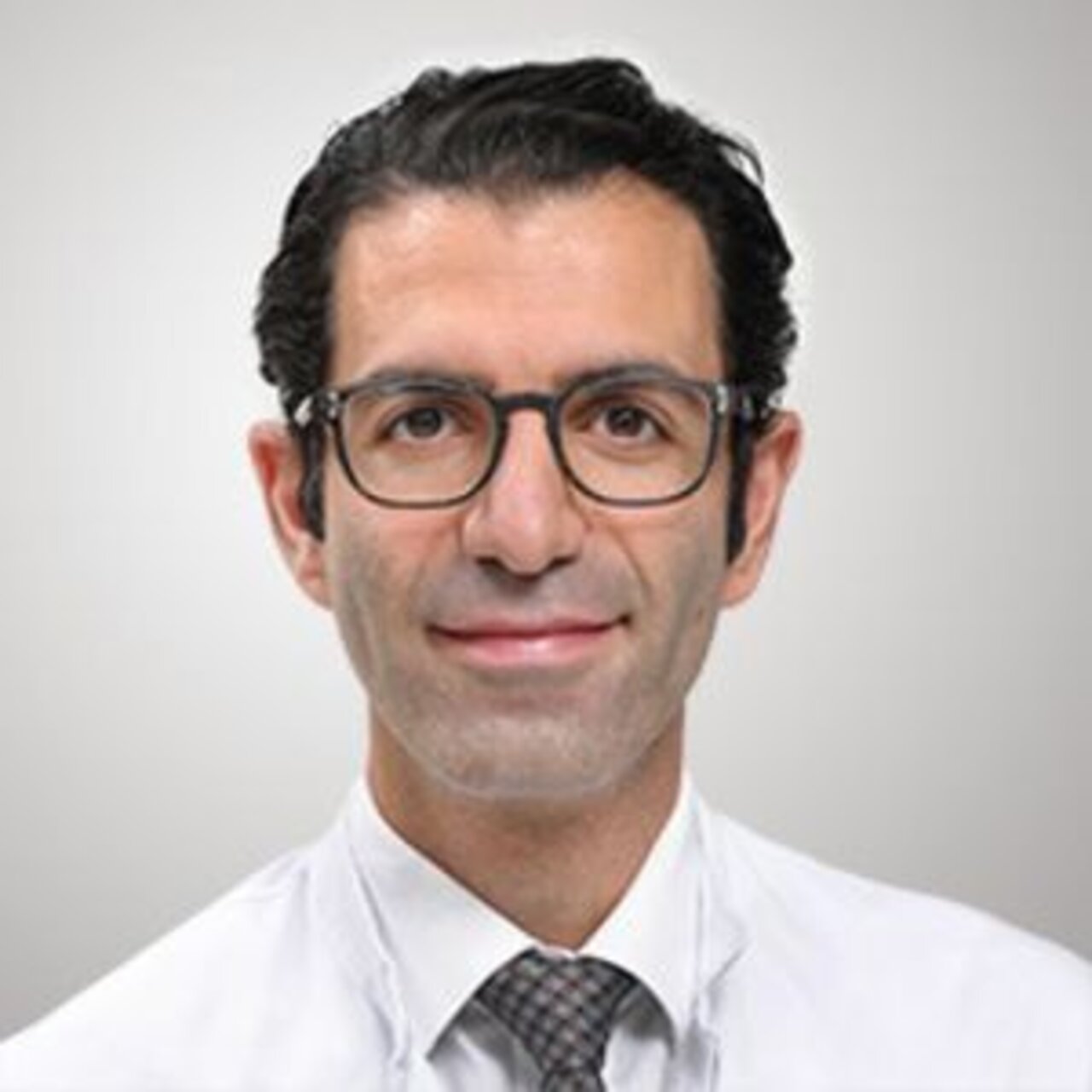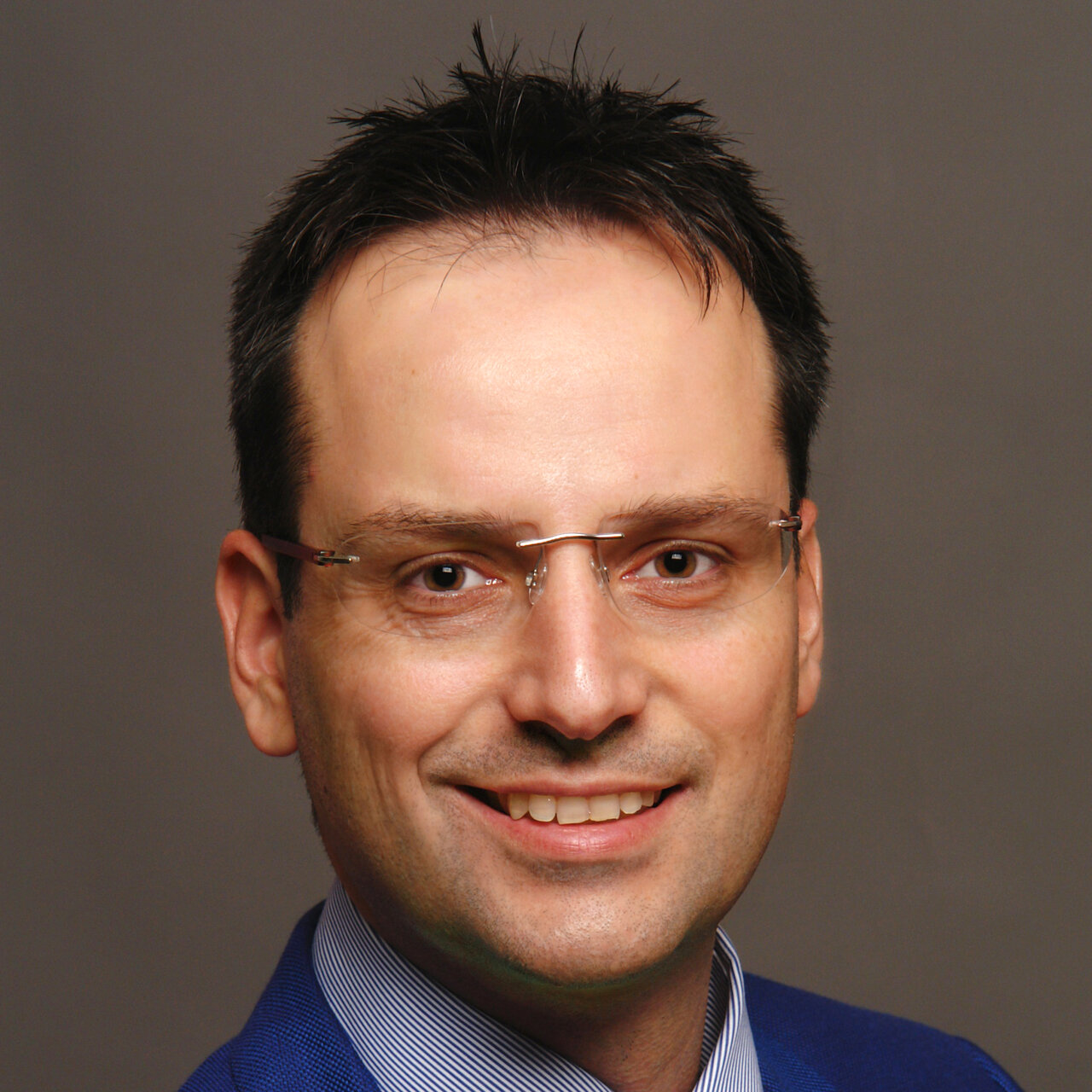Specialists in Slipped disc of the cervical spine
15 Specialists found
Information About the Field of Slipped disc of the cervical spine
What is a slipped disc of the cervical spine?
A slipped disc is a clinical condition in which the cartilaginous disc located between the bony vertebrae is damaged to the extent where part of it leaks out and virtually "slips forward". This is referred to as a cervical disc herniation if it occurs in the neck area.
The spinal column is the central element of motion in our body. It consists of 32-35 vertebral bodies, all of which make up the bony spinal canal through which the spinal cord runs. One pair of spinal nerves emerges from the spinal canal between every two vertebrae.
Each vertebra is separated from the adjacent ones by intervertebral discs, each made up of a gelatinous center with a fibrocartilaginous ring. The discs allow us to move the individual vertebrae against each other and also serve as a kind of shock absorber, thereby softening the impact of forces on the spine. Adults' intervertebral discs are not supplied by blood vessels, but maintain their elasticity through movement.
A herniated disc is characterized by a tear in the cartilage ring, resulting in the core protruding from the disc. Most cases affect the lumbar spine in the lower back, but cervical disc herniations follow in second place.
The upper seven vertebrae are grouped together as the cervical spine. Due to the mobility of the head, it plays a very important role and has a particularly large range of motion. Due to its special function, herniated discs of the cervical spine must always be carefully examined and treated.
What can cause a herniated disc in the cervical spine?
There are usually various factors that come together to produce a herniated disc. There are, however, two basic causes.
Degenerative causes
In medicine, the term degenerative describes phenomena of wear and tear. This occurs naturally as part of the ageing process. When it comes to the intervertebral discs, their natural elasticity is reduced leading to very fine tears around the cartilage ring.
As the intervertebral discs no longer receive their blood supply from the age of 20, the degeneration can already begin at this age. Regular physical exercise can, however, significantly slow down this process.
Once the degeneration has progressed to an advanced stage, minor stress on the spine is enough for the core to escape through the cracks in the cartilage ring. The result is a herniated disc.
Traumatic causes
Herniated discs in the area of the cervical spine brought on by trauma are a result of a strong external force. For example, this can be due to accidents or high-performance sport.
Traumatic causes of herniated discs are significantly less common than degenerative causes. In many instances, the intervertebral disc has already been damaged by signs of wear and tear, so that a herniation can occur more quickly under extreme stress.
What symptoms are associated with a cervical disc herniation?
The symptoms of a herniated disc in the cervical spine can appear in different ways.
The severity of the symptoms can vary from hardly noticeable limitations to severe symptoms that necessitate an immediate visit to an emergency room.
The degree of discomfort mainly depends on the level to which the disc has slipped and how much it is compressing surrounding structures.
The main complaint of patients is pain in the upper spine, which generally spreads to the arms later on. The mobility of the head can also be painfully restricted. Patients often describe this pain as stabbing.
Due to a potential narrowing of the spinal nerves that come out, sensory disturbances arise. In other words, patients experience a reduced sense of touch in a certain area of skin or a tingling sensation. Since the spinal nerves extend from the cervical spine to the arms, these symptoms also occur there.
In addition, control of certain muscles may also be affected by nerve compression. This is shown by a partial loss of function of the affected muscles.
Only in rare cases can the herniated disc damage the spinal cord itself. In such cases, it is possible that a herniated disc in the cervical spine can also cause nerve damage in areas below. It is a serious condition that requires immediate medical treatment.
How can a cervical disc herniation be diagnosed?
Most people who have been experiencing pain in the cervical spine or arms for a long time go to an orthopaedist. Their first step consists of a detailed medical history, with emphasis on the precise nature of the symptoms.
This is followed by a physical examination of the upper spine. Apart from the range of motion, sensitivity and motor skills are also examined. This means that the doctor will examine your sensation of touch and the control of the various muscles. Frequently, a pronounced stiffness in the neck and shoulder muscles is also detected.
After the physical examination, various imaging procedures follow, which can help to confirm the suspected diagnosis.
An X-ray of the cervical spine is often a quick procedure, yet it has the downside that it cannot directly show the intervertebral discs and nerves. However, by looking at the distance between vertebral bodies, we can estimate the height of the intervertebral discs and evaluate signs of degeneration.
A CT scan represents an extended version of the X-ray.
To visualize the intervertebral discs, the spinal cord and the spinal nerves, an MRI scan is suitable. This is the method of choice when diagnosing a herniated disc.
How are herniated discs in the cervical spine treated?
Depending on the extent of the herniated disc and the symptoms, the treatment methods available are conservative or surgical.
Conservative therapy is recommended for patients without severe symptoms due to the herniated disc in the cervical spine.
Severe symptoms include, for example, very severe pain, major sensory disturbances or partial paralysis of the muscles. Surgery is required in such cases.
Conservative therapy
Conservative therapy includes a range of measures that should always be adapted to the individual needs of the patient. In addition, it is necessary to undergo regular medical check-ups.
Patients suffering from a cervical disc herniation should always be provided with appropriate pain therapy. This will enable other treatment options, which revolve around moderate exercise. Usually, this is provided under physiotherapeutic supervision. The goal of the treatment is to strengthen not only the intervertebral disc, but also to target and build up the back muscles.
Injections are also part of the conservative therapy. A local anesthetic is usually administered to the area of the spinal nerves or nerve roots.
Every treatment process should be based on a good doctor-patient relationship, as the cooperation of the patient is crucial and whenever symptoms change, they should communicate this openly. Both the doctor and patient should continue to evaluate the therapy regularly and adjust their treatment strategy accordingly.
Surgical therapy
Surgical concepts may be considered for patients suffering from severe symptoms with nerve compression. Major loss of strength and paralysis are always grounds for surgery.
The objective here is to prevent long-term nerve damage and alleviate pain for the patients.
Consideration of which surgical method is best is always based on individual criteria.
Nucleotomy is a frequently used procedure and involves the surgical removal of tissue that has protruded from the disc. In this way, the constricted nerves are released again and can recover.
In most cases, surgical treatment requires rigorous follow-up care with regular physiotherapy exercises and adequate pain therapy. Occasionally, a special support corset may also have to be worn for a few weeks.
Which doctors and clinics specialize in herniated discs of the cervical spine?
As our cervical spine performs numerous important functions, a slipped disc in this area must always be treated by experienced specialists. We recommend interdisciplinary collaboration between orthopaedists, spinal surgeons, neurologists and pain therapists to provide patients with the best possible treatment.
All doctors listed here are specialists in their field and have extensive experience in the treatment of cervical disc herniation. You can benefit from this expertise and schedule an initial consultation with one of our experts quickly and easily.
Sources:
Krämer/ Grifka. „Orthopädie“. 7. Auflage. Springer-Verlag. 2002.
S2k-Leitlinie zur Versorgung bei Bandscheibenvorfällen mit radikulärer Symptomatik - register.awmf.org/assets/guidelines/033-048l_S2k_Konservative-operative_rehabilitative-Versorgung-Bandscheibenvorfall-radikulae_2021-06_01.pdf
Amboss, Nachschlagewerk für Mediziner - next.amboss.com/de/article/ji0_rf
